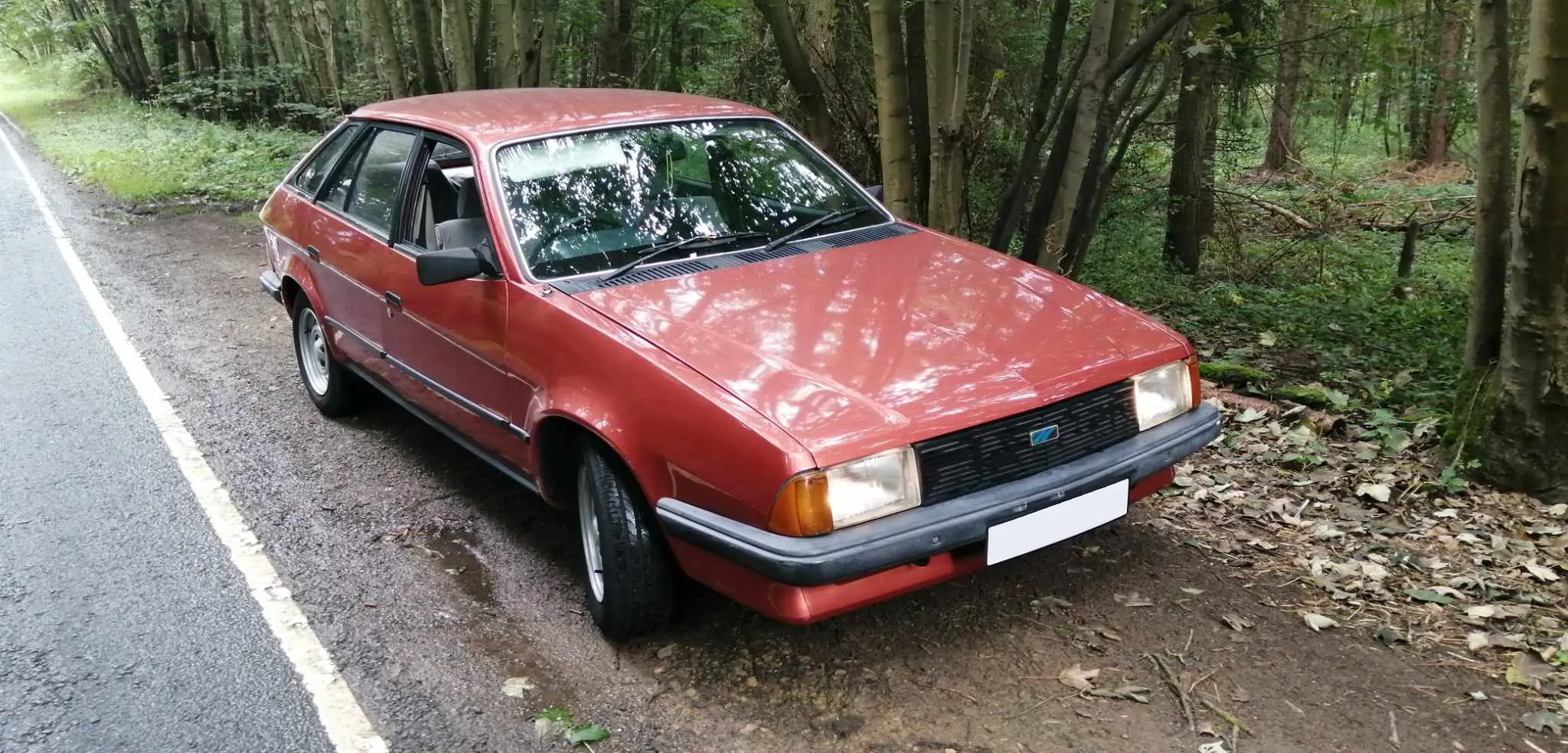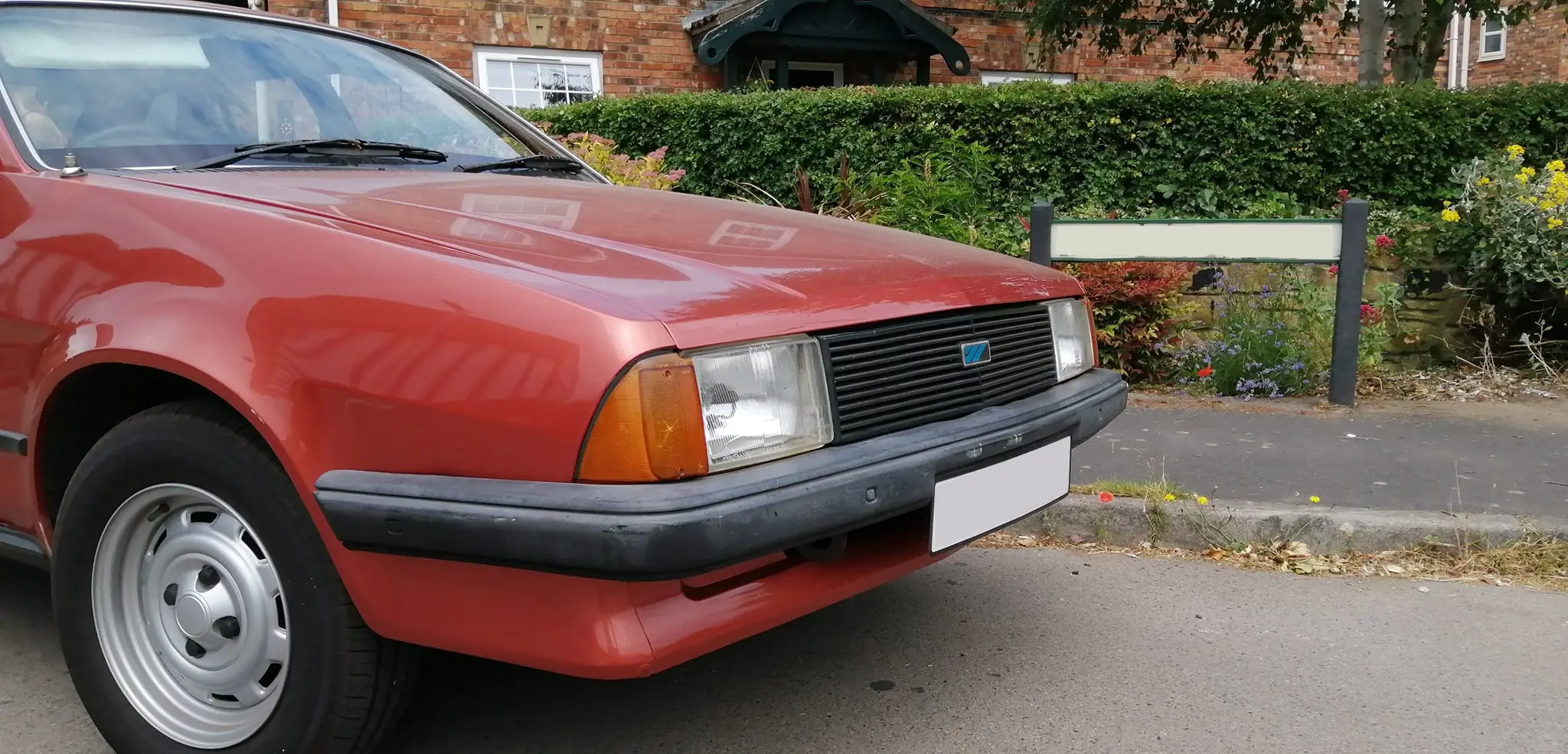Meet The Owner – Michael Drewry and his Austin Ambassador 2.0 HL
04 January 2024
Michael is the owner of one of the most misunderstood cars to hail from the British Leyland empire. To quell one myth immediately, the motoring press did not lambast the Austin Ambassador. Motor Sport was impressed by the trim’s quality and noted how the ride, handling, and steering had all been improved compared with its predecessor. In addition, Car magazine stated: “The new Ambassador hits not only the target but the bullseye.”

BL commenced the development of a successor to the Princess ‘Wedge’ in 1978. Three years earlier, management at Longbridge thought the potential customer base was too conservative for a hatchback. However, by the late 1970s, some dealers were complaining that the lack of a fifth door was harming sales.
The development budget for Project LM19 was £29m, and BL modified every external panel of the Princess apart from the outer door skins. Along with the hatchback, there was also a new front, with headlights from the Morris Ital and ‘six window’ styling. The name of Ambassador was chosen after Leyland rejected the idea of reviving the Wolseley badge.
The car that embodied “an unmatched concept in motoring at their price” debuted on the 5th March 1982, and the Ambassador seemed a strong rival to the more expensive versions of the Ford Cortina Mk. V and the cheaper versions of the Granada Mk. II. Some motorists were disgruntled by the lack of a six-cylinder engine, unlike the Princess or indeed its Ford competitors. But Michael argues:
The six-cylinder E series engine was quite out of date by that time, to be honest. It was big, heavy, and thirsty. The trend was already changing generally to smaller, more economical engines. The O series, though itself wasn’t a new engine, it was more recent than the E series. Smaller, lighter, more fuel efficient, lower service and repair costs, etc. I suspect that’s the leading reason they dropped the E series. Plus, in doing so they could give the Ambassador a smarter, lower bonnet line.

Nor should it be forgotten that Car thought the Ambassador “one of the best-riding cars in the world”. Perhaps its main challenge was it was the product of a very troubled organisation that lacked the budget to realise more of its potential. When Motor tested the flagship Vanden Plas, it thought the lack of a five-speed transmission was the “only real flaw in an otherwise very likeable vehicle”. But given Leyland’s finances in the early 1980s, a new gearbox would have been out of the question.
The last Ambassador departed Cowley in November 1983, but sales officially continued until April 1984. Michael’s Austin is apparently one of just five 2.0HL manuals in Oporto Red, and it is almost guaranteed to turn heads. Its owner contends:
The car, for sure, deserves far more respect than it was ever given. It was actually way ahead of its time in a number of ways. They had the very expensive, genius, and unique Hydragas suspension system and a dual brake system with Lockheed 4-piston callipers when all its competitors were still on cart springs, solid axles, and single or double-piston callipers. They were possibly too far ahead of their time?
And the Austin Ambassador is indeed a fascinating, versatile, and enjoyable machine. As Michael observes:
They’re an extremely rare sight on the road now; from my experience, the car is loved wherever it goes. Far more people than not turn to watch it go by. I get waves, lights flashing to let me out of junctions easily, smiles, points and stares, and lovely, pleasant comments from people all the time. People shout lovely comments about the car even when standing at traffic lights. It’s brilliant and heartwarming.
Plus, the Ambassador starred in one of Not The Nine O’Clock News’ best sketches -
With Thanks To: Michael Drewry
